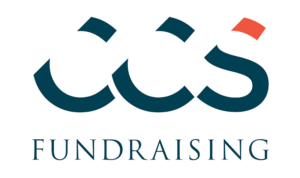You may already know that predictive AI can unearth new major gift prospects. But how can predictive modeling help you optimize major gift portfolios that are already assigned?
Predictive modeling evaluates two critical factors for fundraising success:
- Portfolio Quality (Are the right donors assigned?)
- Portfolio Performance (Have we captured the available fundraising potential?)
At CCS Fundraising, we leverage these factors to evaluate and optimize our clients’ major gift portfolios.
Step 1 to Optimize major gift portfolios: Evaluate Quality
A quality major gift portfolio includes prospects with both capacity and affinity, meaning they have the financial means to donate and an interest in supporting your organization.
capacity and affinity
To estimate capacity, we perform external wealth screening research, analyzing assets, real estate, income, and public giving data to estimate how much a household can donate to all charities over five years.
Nonprofit CRM data provides valuable insights into donor affinity. CCS uses this internal data to create predictive models that score the likelihood of each donor contributing to your organization.
CCS visualizes portfolio quality by combining affinity and capacity data into a quadrant chart. Prospects scoring high on predictive models and showing significant gift capacity fall in the upper right quadrant.
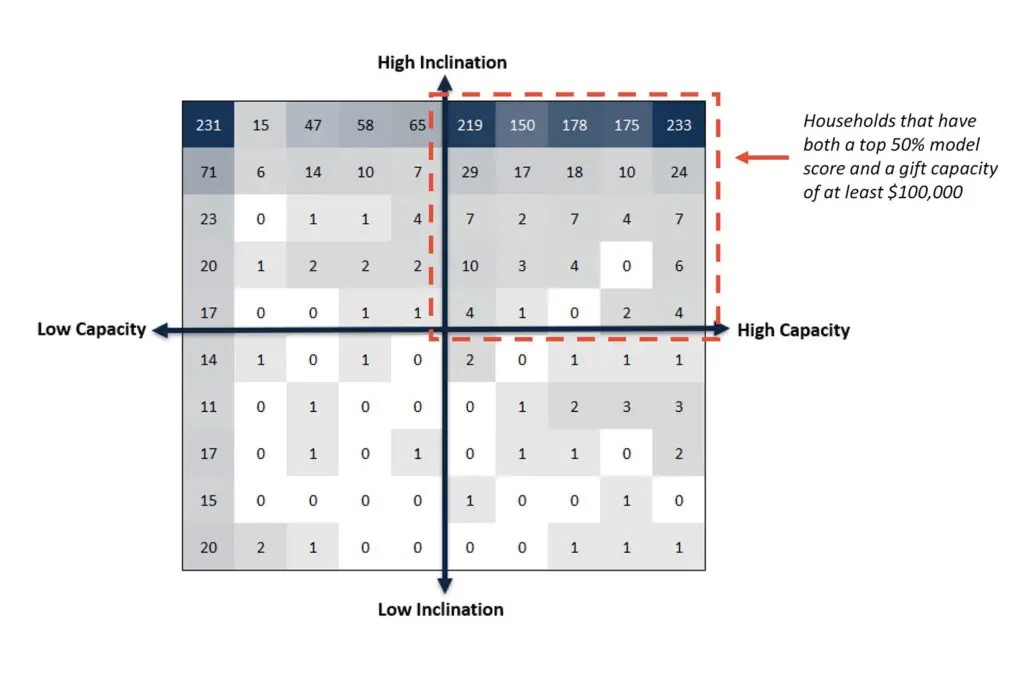
Key questions arise from this visualization:
- What proportion of our portfolio is in the upper right quadrant? Ideally, the entire portfolio should fall there. Realistically, portfolios with at least 50% of prospects in this quadrant are considered high quality.
- Which prospects are of lower quality than expected? CCS often recommends removing certain prospects from the portfolio for optimal use of gift officers’ time. Displaying capacity and affinity together helps pinpoint donors for removal.
Step 2 to optimize major gift portfolios: Evaluate Performance
Beyond assessing portfolio quality, it’s crucial to evaluate portfolio performance. Even with ideal prospects, a portfolio might not reach its full fundraising potential.
We estimate portfolio performance using the capacity capture rate metric, the ratio of a prospect’s last five years of giving to the minimum value of their estimated gift capacity range. Essentially, the capacity capture rate measures the percentage of a donor’s total giving capacity directed to your organization.
Remove Outliers
A client example shows how outliers can skew the average capacity capture rate. When the average rate significantly differs from the median, outliers likely influence the data. Removing these outliers clarifies the underlying capture rate for the entire portfolio.
Analyze seemingly strong major gift portfolios
CCS typically sees an average capacity capture rate of 10% and a median of 1%. Higher values indicate strong portfolio performance. However, even if overall numbers are positive, deeper analysis can uncover valuable insights.
The capacity capture rate graph reveals key data for portfolio segmentation and prioritization, including:
- The percentage of the portfolio that hasn’t donated in the last five years.
- The percentage of the portfolio underperforming relative to donor gift capacity.
- The number of prospects giving more than 100% of their estimated gift capacity suggests an underestimation by the wealth screening vendor.
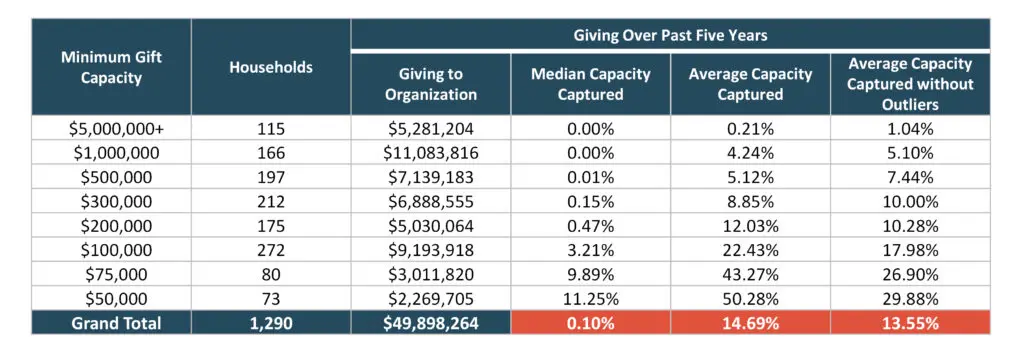
In the case of the client example above, we know there are outliers who unduly influence the average. When the average capacity capture rate is meaningfully different than the median capture rate, there is a good chance that there are some outliers. Removing the outliers can help us get a better sense of the underlying capture rate for the portfolio as a whole.
CCS typically sees an average capacity capture rate of 10% and a median capture rate of 1%. Values greater than that indicate a portfolio that is performing well. However, even if the overall numbers indicate good portfolio performance, digging a bit deeper can uncover more valuable information.
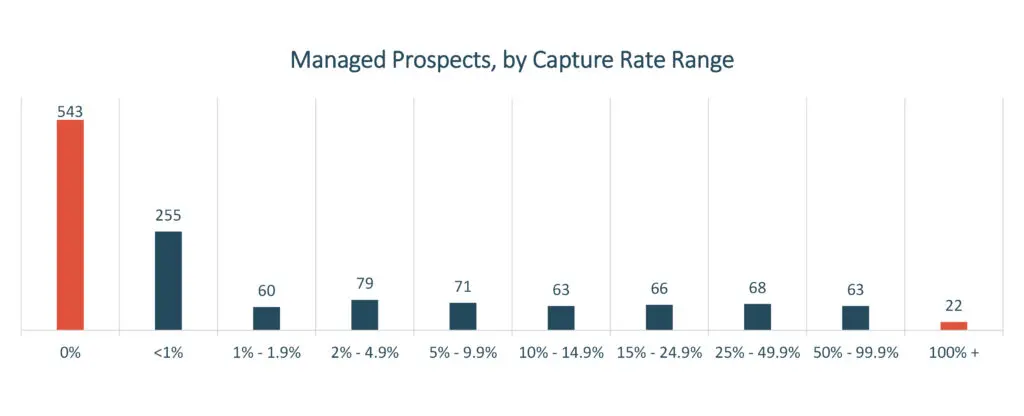
The chart above illustrates the capture rate ranges. This graph shows some key pieces of data that can help inform the segmentation and prioritization of the portfolio, including:
- The percentage of the portfolio that hasn’t made a gift in the last five years.
- The percentage of the portfolio underperforming in the context of a donor’s gift capacity.
- The number of prospects who are giving more than 100% of their estimated gift capacity indicates that the wealth screening vendor has underestimated the capacity.
Step 3: Bring Quality and Performance Data Together to optimize major gift portfolios
The chart below shows a segmentation we recommended to a client considering their major gift portfolio’s quality and performance data.
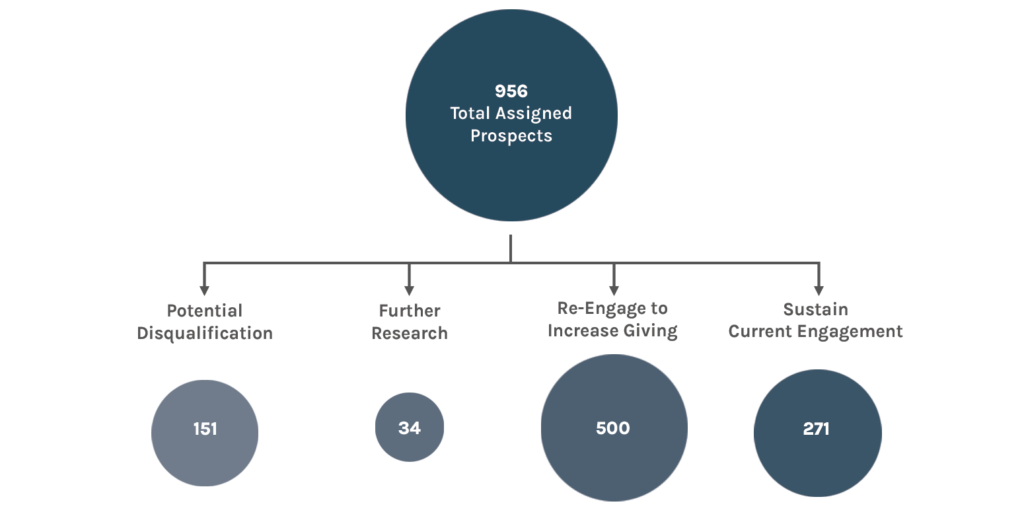
Combining quality and performance data provides a comprehensive view of your portfolio. This approach helps make data-driven decisions to optimize your portfolio, identifying prospects for removal, further research, or new engagement strategies while confirming successful current strategies.
Fundraising teams that optimize major gift portfolios with predictive modeling ensure their limited time and resources yield the best possible results.

We make major gift fundraising easy.
Learn more from our team of data analytics experts.
Explore More Insights
Major Donor Fundraising: Finding New Prospects With Predictive AI
CCS’s Senior Data Scientist John Sammis explains how your nonprofit can use predictive AI to unearth new major giving potential in your donor database.
RFM and Wealth Screening for Major Gift Strategy
Learn how to perform an RFM analysis, the simplest tool to start narrowing your prospect list to your most impactful donors. This article contains background information and a video to lead you step-by-step into meaningful engagement.
